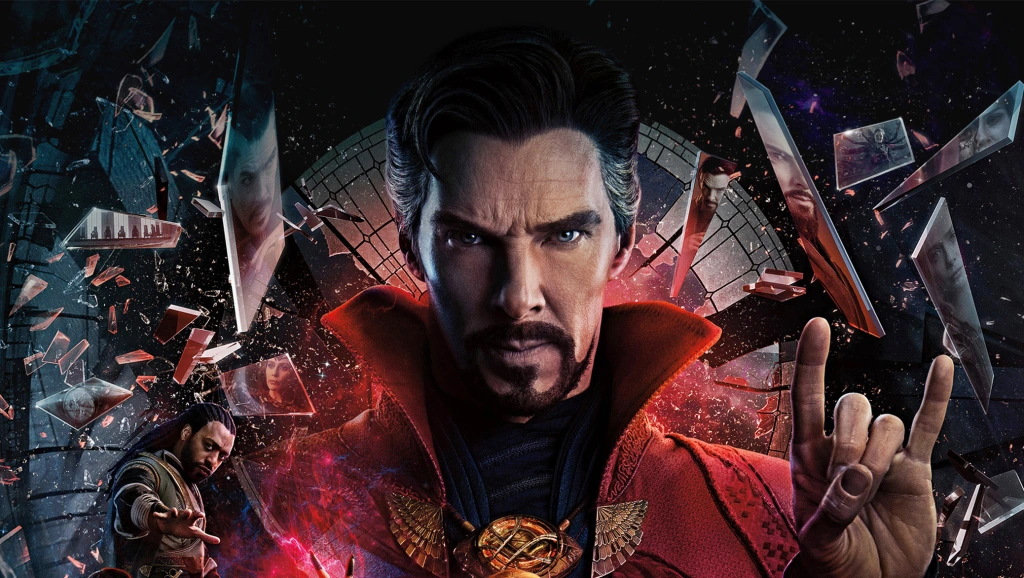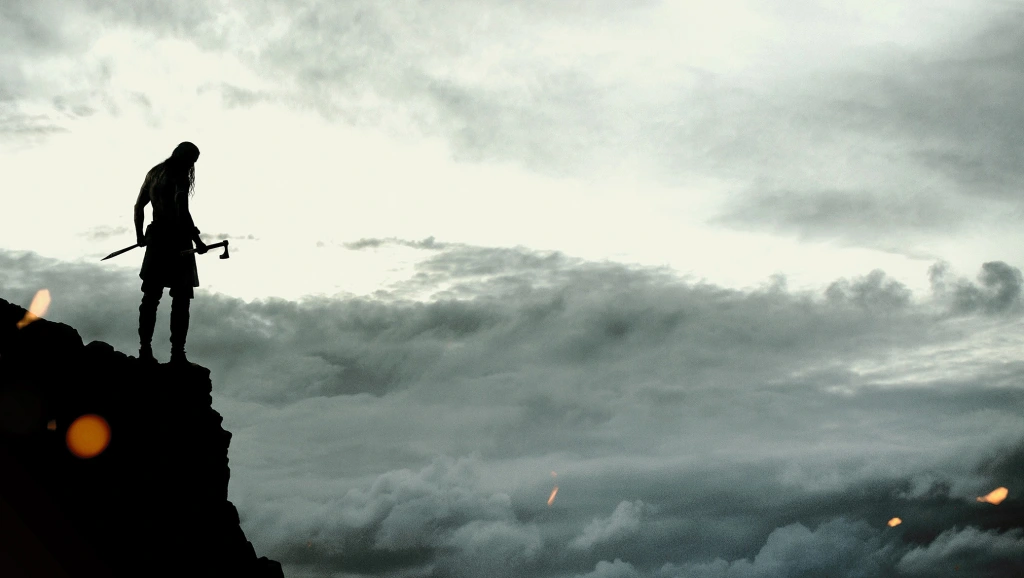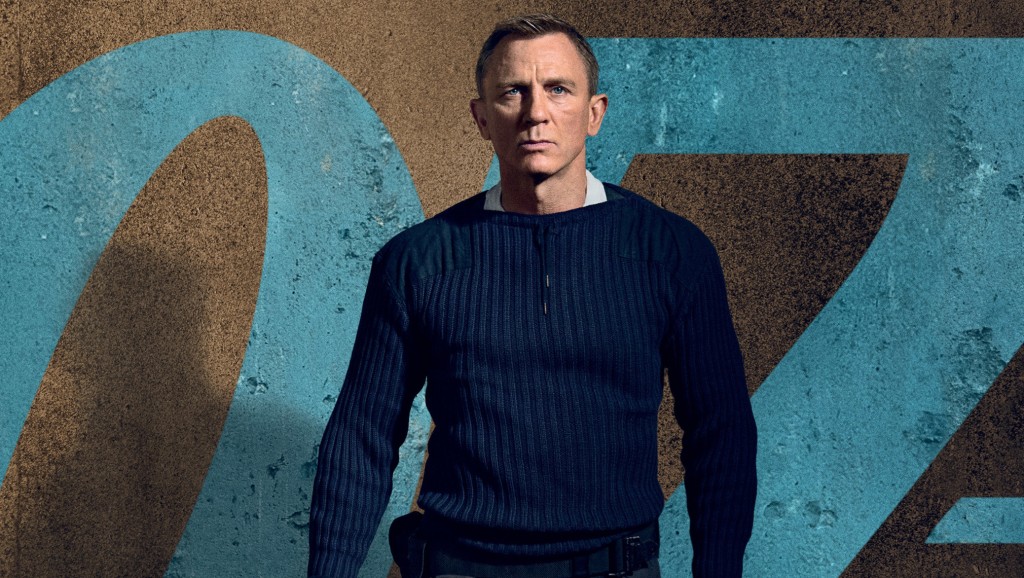Bond was going through a change in the 1970s. Lazenby left before the turn of the decade. Connery returned for his Bond payday and left. The question on everybody’s lips was who was going to be James Bond?
Enter the stage, Mr. Roger George Moore.
Moore had been touted around the Bond role for a while. His name was always mentioned when casting for the part of James Bond in Dr. No, On Her Majesty’s Secret Service and also Diamonds are Forever. Saltzman and Broccoli were his friends but I guess there was some apprehension for him to be Bond. He was famous in his own right on television as Simon Templer in The Saint, a show not only he was committed to as an actor, but as producer and director.
Would the audience accept him as Bond after years playing such an iconic spy/thief Simon Templer? Well if Live and Let Die was Moore’s acid test, then he passed the test.
In his first performance as Bond, Moore eases his way into the role. He certainly looked the part and certainly had to train for the part (with endless swimming sessions to prove he could play Bond). Whilst he may not like it, I enjoyed his original tough look to Bond. Moore is always quoted in interviews as to how he was going to say, “My name is Bond, James Bond”, because he feared he would say it in a Scottish accent! But what I admire the most from Moore’s first outing is his natural charm, or his “sheer magnetism”. It’s his way of delivering those one-liners that makes you instantly fall in love with his interpretation.
I guess the only thing that troubles me is Bond tricking Solitaire (Jane Seymour) into sleeping with him. Everyone knows why he did it and I know it takes two to tango. After all, Solitaire was a willing participant. Yet it still feels cruel even up to now. Bond taking advantage of Solitaire is like walking into a nightclub and someone slipping something into your drink. Cruel words from me I know but for Bond to do that will probably feel out of character. It’s an act that totally compromises her, especially when she is tested by Kananga later on during the movie. I’m not going to totally hold that against him, Connery’s Bond on some occasions was guilty of that as well (e.g. Pussy Galore)
Live and Let Die is a risky, bold film mainly because it features an all black cast in a mainstream film. In a time where Blaxploitation films were emerging in 70s America, Live and Let Die seemed like the perfect tonic to address the new trend. When you are a young black kid growing up, you do feel a little proud. With the exception of two characters (Strutter and Quarrel Jr.) the black people in this film are probably not what you would consider as role models (in Blaxploitation films, black people were the heroes – e.g. Shaft) but after years of seeing black people being cast as the stereotypical slaves roles, watching Live and Let Die feels empowering. Watching it again on blu-ray, I still get the same feeling.
Do I consider this film to be racist? No, but ultimately I can see why some people may view it in that way. The black community is either working for Mr. Big/Kananga in Harlem or hysterically into voodoo on the island of San Monique. And yet a few casual racist comments were aimed directly at Bond, using words such as “cue ball” or the H word for example. But at the end of the day, Live and Let Die represents the sign of the times and nothing more. If there was a criticism then the film is mainly guilty of stereotyping. I mean, why else would they create a dumbass, redneck sheriff in J.W Pepper if it weren’t to balance out the film?
I guess the main reason why I love Live and Let Die is mainly because of Yaphet Kotto’s Kananga. He portrays him as softly spoken yet his voice carries authority and power. The scene where he commands Tee Hee to cut Bond’s fingers every time Solitaire (powerless at this stage) got the wrong prediction of the cards. It is a scene that doesn’t quite match up to the laser scene in Goldfinger but it is still a scene full of tension. The reason why it doesn’t quite live up to Goldfinger laser moment is because I was surprised Kananga dragged it on so much. Kananga is smart. He clearly knew Solitaire couldn’t see the future anymore and Bond was responsible for it. So why tempt the idea of cutting off his fingers only for Tee Hee to drag him to an alligator pit? It’s another case of a villain opting to choose an extraordinary death for Mr Bond rather than the simplest option.
Kananga’s death does feel like a cheat. He swallows an exploding gas pill (to this day I don’t know why he didn’t just spit it out!) and literally blows up like a balloon. No blood. No guts. Just an empty shell. Surely he deserved something better than that?
Overall, for Roger Moore’s first outing as Bond, he does really well. You can’t fault him for his performance. This was him laying the groundwork for essentially the start of his legacy as Bond.
The Countdown So Far:
- Introduction
- #23 – Die Another Day
- #22 – Diamonds Are Forever
- #21 – Octopussy
- #20 – The Man With The Golden Gun
- #19 – Moonraker
- #18 – Tomorrow Never Dies
- #17 – The World is Not Enough
Check back next week Wednesday to find out which Bond film comes in at #15.






Don’t Be Shy – Leave a Reply